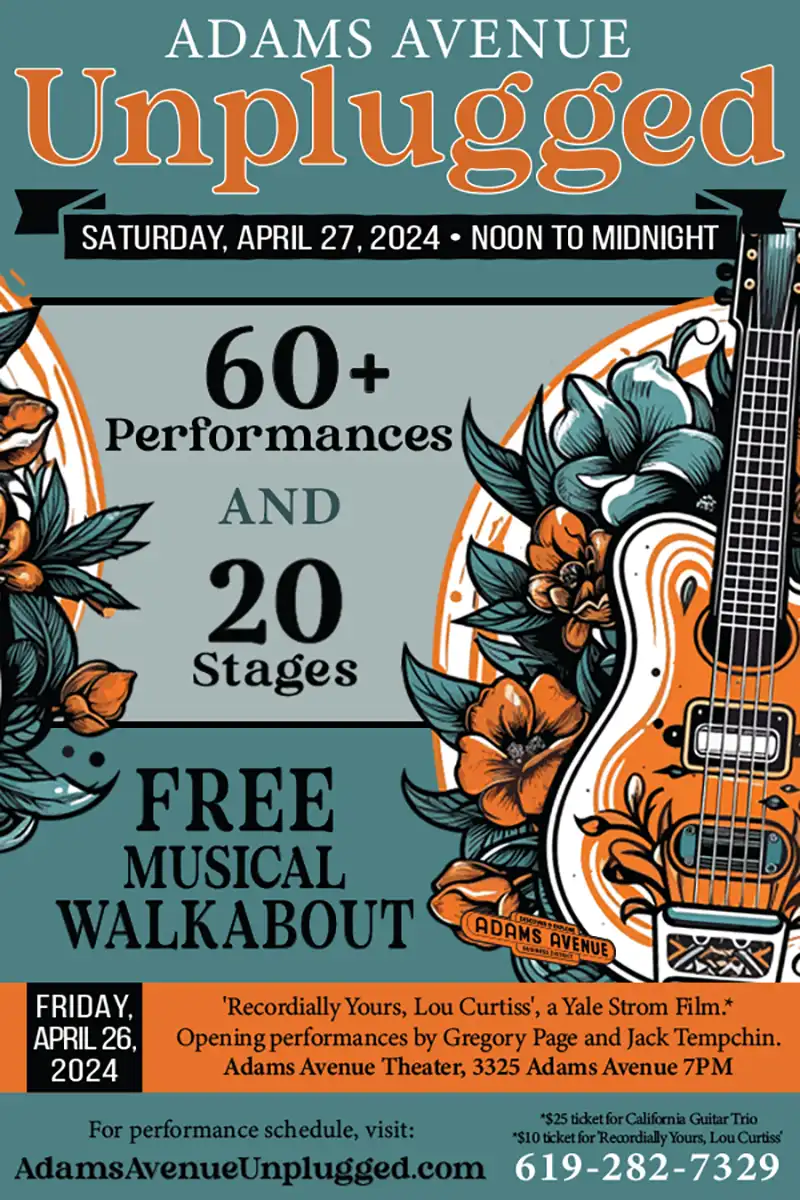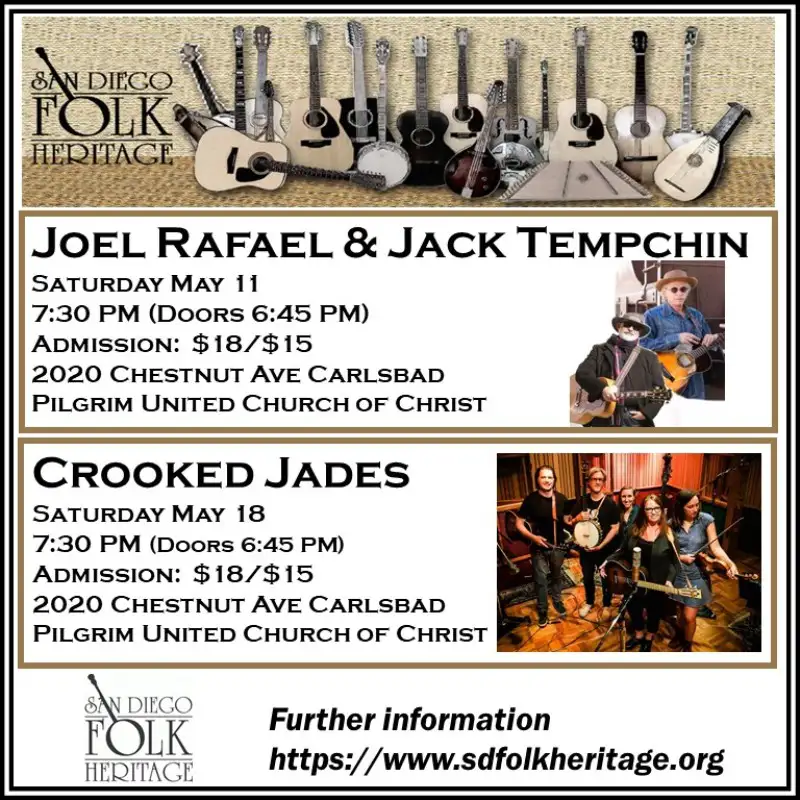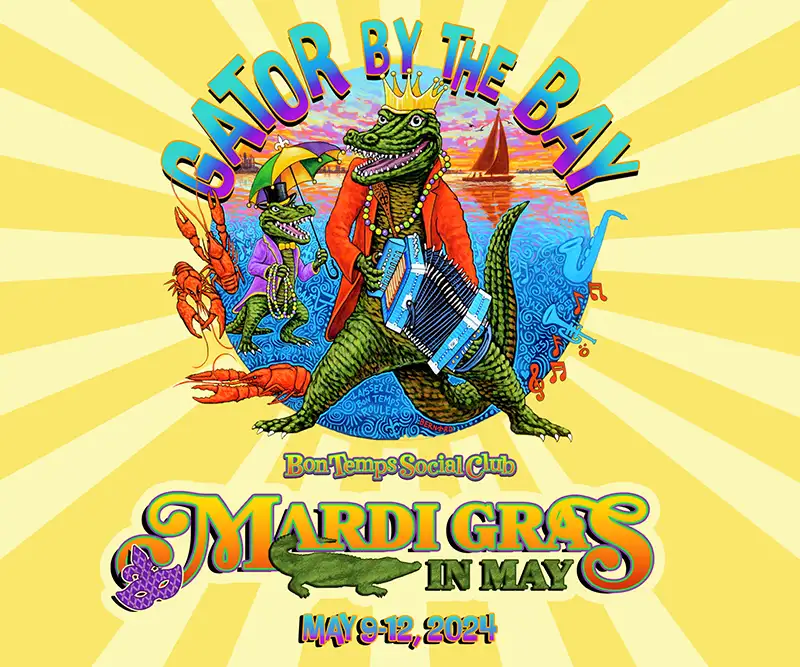Tales From The Road
The Slow Turning of John Hiatt: From Genre Pioneer to Americana’s Elder Statesman
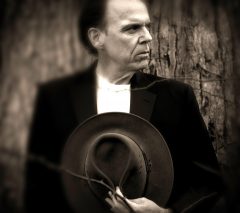
John Hiatt
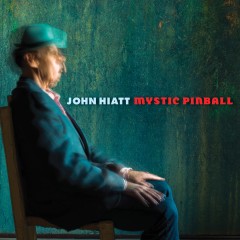
Cover of Hiatt’s soon-to-be-released CD, Mystic Pinball
In 1998, renowned singer-songwriter, John Hiatt, went into the studio with The Band to record his song “Bound by Love.” The song would appear on The Band’s final album, Jubilation. It is at once reminiscent of their earliest albums. Rick Danko sings the opening line. Then Hiatt and Danko duet together. About half way through the tune, Levon Helm chimes in on vocals, followed by Garth Hudson’s distinctive accordion. The track is as beautiful and serene as it is old timey, funky, and hymn-like. The historic session illustrates the theme of the song: “we are bound by the love we feel.” To have his song recorded by The Band alone was an honor. But to have his voice, framed by Danko and Helm with Garth Hudson’s familiar accordion humming along, must have sent the singer-songwriter into a musical paradise. Although he has never burned up the charts or found a mass following for his music, this recording reveals the strength of regard felt for Hiatt on the inside of the music industry. This track, which teams two iconic musical forces, can safely be called Americana. Or as singer-songwriter Jim Lauderdale is fond of saying, “Now that’s Americana!” The session took place three years after the term and the radio format were established. By 1995, John Hiatt had long since come to embody the definition of the new genre.
This session with The Band is only one instance of how John Hiatt, over the last 30 years, has become the industry’s best kept secret. But, to songwriters, singers, and even a few major movie directors, he’s never been obscure. A list of artists who have recorded and/or performed his songs, some with chart success, include Bonnie Raitt (“Thing Called Love”), Three Dog Night(“Sure As I’m Sitting Here”), Bob Dylan, Willie Nelson, Bruce Springsteen (“Across the Borderline,” written with Ry Cooder and Jim Dickinson), Carl Perkins(“Memphis in the Meantime”), and Eric Clapton and B.B. King (“Ridin’ with the King”). There are many more, enough to reveal that John Hiatt is a major contributor to the canon of American songs. .
Hiatt’s own recordings of his songs have found their way into some very popular movies, including Alone in the Dark; True Lies, James Cameron’s action adventure film staring Arnold Schwartzenegger, “Tennessee Plates”; in the Ridley Scott classic Thelma and Louise; “Across the Borderline,” from the Jack Nicholson vehicle The Border, sung by Freddy Fender, and “The Usual,” covered by Bob Dylan in the film Hearts of Fire.
With these credentials the enigma remains, why hasn’t John Hiatt found the following equal to his success as a songwriter? He is not only a songwriter. He is also a gifted vocalist who doesn’t have to strain to sound soulful. It comes naturally. He is a great performer mounting fine shows with his band. He is a skilled musician whose song arrangements are tight, imaginative, and creative. The answer may have something to do with time, place, and fate.
He blew in on the wings of the singer-songwriter movement of the late ’60s and early ’70s. Beginning his career as a songwriter and performer, he made a bold move to Nashville in 1970 where he picked up a job as a staff writer for publishing company. He was 18 years old. He came from an Indiana family rooted in tragedy. When he was nine his 21-year-older brother committed suicide. His father died the following year. It was in 1961 when he started playing guitar and wrote his first song, “Beth Ann.” Throughout his childhood music was his escape. Soon it would become his passion. When he landed in Nashville in 1970, it was the “Paris in the ’20s” period of the town. Great songwriters were everywhere, breaking new ground. It would not be unusual for him to see the likes of Mickey Newbury, Kris Kristofferson, Townes Van Zandt, and Billy Joe Shaver in local taverns.
But, Hiatt was a rocker. In ’72, he joined the band White Duck, who released their debut album In Season. Through this connection, John met Don Ellis of Epic records. With his help on drums and production, Hiatt released his first solo album, Hanging Around the Observatory in 1974. The eclectic album became a blueprint for the rest of his 40-year-plus recording career. Today, the debut album would be considered Americana with its engaging fusion of country, soul, and rock. Hiatt’s distinctive voice hasn’t changed since those days. The same year, his song, “Sure as I’m Sitting Here,” charted #16 for Three-Dog-Night.
His two Epic solo albums gained critical success but commercial failure, Hiatt was released from his contract in 1975 and would remain a free agent until MCA picked him in 1979. But, the four years gave him time to develop his style, which became even more eclectic. He began picking up influences and inspiration from Elvis Costello, Nick Lowe, and Graham Parker. But, Hiatt has always been more of an innovator and less of an imitator, so when he reëmerged in 1979 with his first MCA album. With the release of Two Bit Monster, it was clear — John Hiatt was here to stay, even if record companies had no idea how to market him. But both Slugline and Two-Bit Monsters failed to chart. Even so, his sphere of influence on artists, like Rosanne Cash, grew larger. When he left MCA, David Geffen picked up Hiatt for his label. However, despite releasing three critically acclaimed albums and gaining the attention of the music industry, all were commercial let-downs. At one point Geffen promised Roseanne Cash he would release a single, a duet of Cash and Hiatt singing his song, “This Is the Way We Make a Broken Heart.” When Geffen didn’t follow through on his promise, Cash re-recorded the song through her label and it went to #1 on the country charts. In fact, Rosanne Cash championed Hiatt early on and recorded several of his songs. After three albums Geffen dropped Hiatt.
1986 would be a pivotal year for Hiatt as he signed with A&M Records. In January of 1987 Hiatt released his finest album to date, Bring the Family. The album would provide Bonnie Raitt with one of her biggest hits, “Thing Called Love.” The song “Have a Little Faith in Me” gave Joe Cocker one of the best interpretations of his long career. Even the song “Thank You Girl” managed to peak in the Top 20 of the mainstream rock charts. But these facts provide only surface information. In fact, the musicians working in the studio on this album were Ry Cooder, Jim Keltner, and Nick Lowe. The performances on the album live up to the potential of each artist as they move through such unforgettable tracks as “Alone in the Dark” and “Lipstick Sunset.” The album was partially autobiographical and a reflection themed around love lost and found and his memories of the turmoil in his own family. Songs like “Just Like Your Dad” and “I Stood Up” speak to the soul of mixed emotions Hiatt experienced early in his life. Every song resonates with near perfection in production, writing, and performance. Today, Bring the Family makes the Top 10 list whenever Americana music polls are taken. It is one of those rare albums that is so good, you can remember where you were and what you were doing the first time you heard it. It also came along before the term “Americana” had been created and established as a radio format. This makes Bring the Family a key influence to the genre: Hiatt is an important pioneer to the genre since he had been doing Americana, which is described as a music that brings together country, soul, blues, folk, and rock, since he recorded his first song in 1972. In 2008 Hiatt received the Americana Music Association award for Lifetime Achievement for Songwriting. He also belongs in the Songwriter’s Hall of Fame.
In 1992, Hiatt reunited with his Bring the Family friends (Ry Cooder, Jim Keltner, and Nick Lowe) forming a band called Little Village. While the self-titled album was more of a collaboration with all four contributing to the songwriting than Bring the Family, Hiatt dominated the vocals, singing lead on all but three of the tracks. The album bares the trademark style and sound of John Hiatt. Historically, the entire project has been considered a commercial and critical disappointment. However, the album deserves a second look by music historians. Songs like “She Runs Hot,” “Solar Sex Panel,” and “Big Love” play like outtakes from Bring the Family. The more collaborative work also maintains some beautifully realized, intricate instrumentation and textured interplay among the four musicians. The album peaked on the U.S charts at #66. It made it to #28 in the UK. They toured behind the album in Europe and the U.S. in 1992. The album received a Grammy nomination for Best Rock Vocal Duo or Group the following year. This was an indirect nod to John Hiatt, who handled the majority of the vocals. The only other Grammy nod would come in 2000 when his Vanguard album Crossing Muddy Waters was nominated for Best Contemporary Folk Album. After their tour, Little Village broke up due to what they described as conflicting egos.
Hiatt’s A&M years from 1987 to 1999 were productive and successful. In 1988, he released his critically and commercially successful follow-up to Bring the Family: Slow Turning. The title single peaked at #8 on the mainstream rock charts. The album stands alongside its predecessor as an Americana landmark classic. Hiatt continued writing and performing in peak form for these sessions. Songs like “Drive South,” the story of “Trudy and Dave,” and the fine funky “Tennessee Plates,” resonate today just as they did in 1988.
Today it is clear that Hiatt’s influence is being found among younger generations of Americana singer-songwriters. With his natural and uncontrived fusion of country, folk, soul, and rock, his work represents four dimensions of the best of music genres. He is most successful when all four come together in one song. From the natural soul of his voice, the country and rock-based arrangements, to his blues/folk transitions, it all becomes purely John Hiatt, one of the most original American singer-songwriters of the last three decades..
The question remains why is John Hiatt not a household name in the same way Bruce Springsteen or Johnny Cash are today? The answer lies in the time he began. From 1974 onward, he was a living definition of Americana music. But, it was too early. The music industry didn’t know what to do with John Hiatt as a solo artist. He was too soul for rock and too country for either. Rather than promoting his music, his songs were passed on to other genre-specific artists or used in movie soundtracks. He is certainly a songwriter’s songwriter. But, he’s also a vocalist’s vocalist and a guitar player’s guitar player. Today with the Americana music genre to hang his hat on, he has finally been found by the music industry. Like The Band, he was a pioneer of a new genre. The problem with being a pioneer and an inventor is they often don’t get the credit they deserve. Examples are many. Carl Perkins comes to mind. He never reached the level of success of others during his time. His songwriting played a huge part in the creation of Elvis. For John Hiatt, his long legacy of fine albums have stood the test of time. He continues today. After leaving A&M and recording on Vanguard, Hiatt has ended up with a strong and positive relationship with New West Records alongside label mates like Kris Kristofferson, Steve Earle, and Buddy Miller. His albums, including 2011’s Dirty Jeans and Mudslide Hymns, have garnered solid sales and done well on the Americana charts. It is as bright and soulful as ever. On September 25th, New West will release Mystic Pinball, which promises to be another jewel in his crown. In early September he begins a national tour with stops in San Diego and L.A. He will also be appearing at the Americana Music Associations Festival in Nashville the week of September 10th. With his on-going and ever growing legacy, it’s easy to have a little faith in John Hiatt.
See John Hiatt and the Combo at the Belly Up Tavern (143 S. Cedros, Solana Beach), Wednesday, September 5, 8pm.


